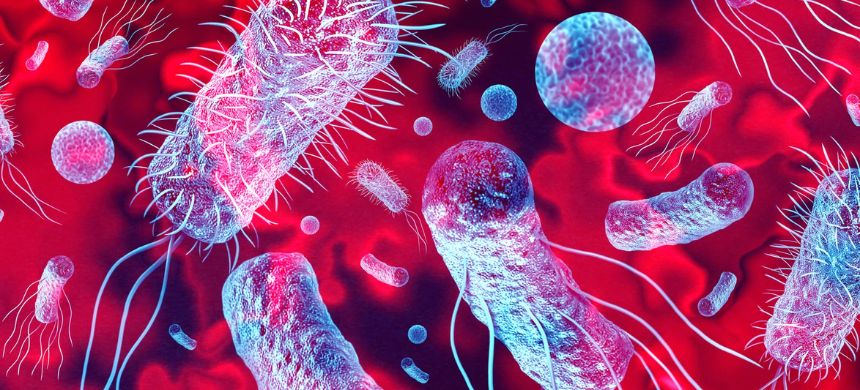Scientists have discovered a new bacterial strain, Niallia tiangongensis, aboard China’s Tiangong space station, and it appears to be evolving uniquely in space.
Collected during the 2023 Shenzhou 15 mission, this microbe has shown a remarkable ability to survive the harsh environment of low Earth orbit. Unlike bacteria on Earth, it thrives under intense radiation and vacuum conditions, thanks to its strong biofilm—an outer layer that shields it from UV rays and even disinfectants.
Read more: SZMCH testing reveal animal bacteria in affected peoples’ samples, RYK
Although it currently poses no direct harm to astronauts, experts warn that it could mutate further over time. Prolonged exposure to space radiation and microgravity may accelerate changes, potentially turning it into a more dangerous organism—capable of harming human health or compromising spacecraft systems.
Dr. Chen Liyu of the China National Space Administration noted the strain’s unique ability to adapt to an alien environment, raising broader concerns about other microbes evolving aboard spacecraft.
Scientists are now studying Niallia tiangongensis’s genome to better understand its adaptations. However, its discovery raises an urgent question: could this be just the beginning? As future missions target the Moon and Mars, the presence of adaptable bacteria like this may pose a significant risk to long-term space travel.
This case highlights the growing need for stricter microbial control and monitoring systems in space exploration—before space-borne microbes evolve into threats beyond our control.











